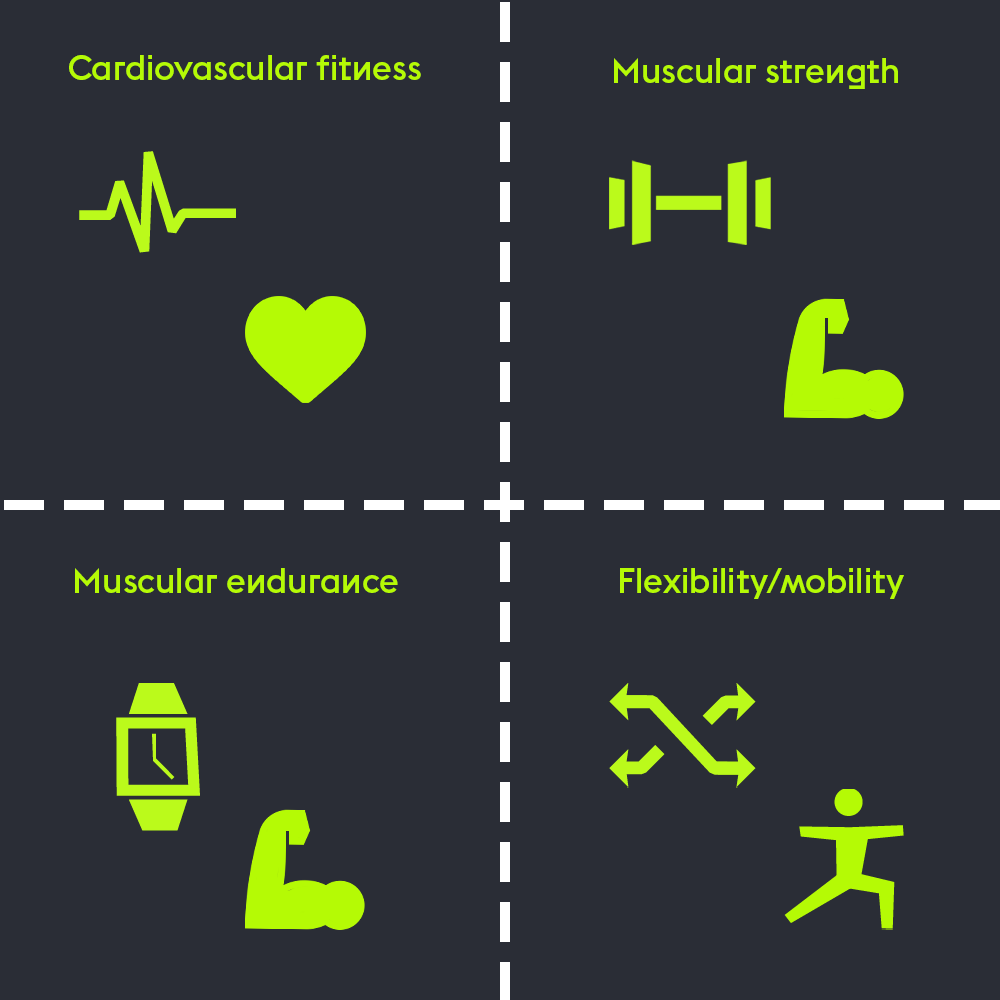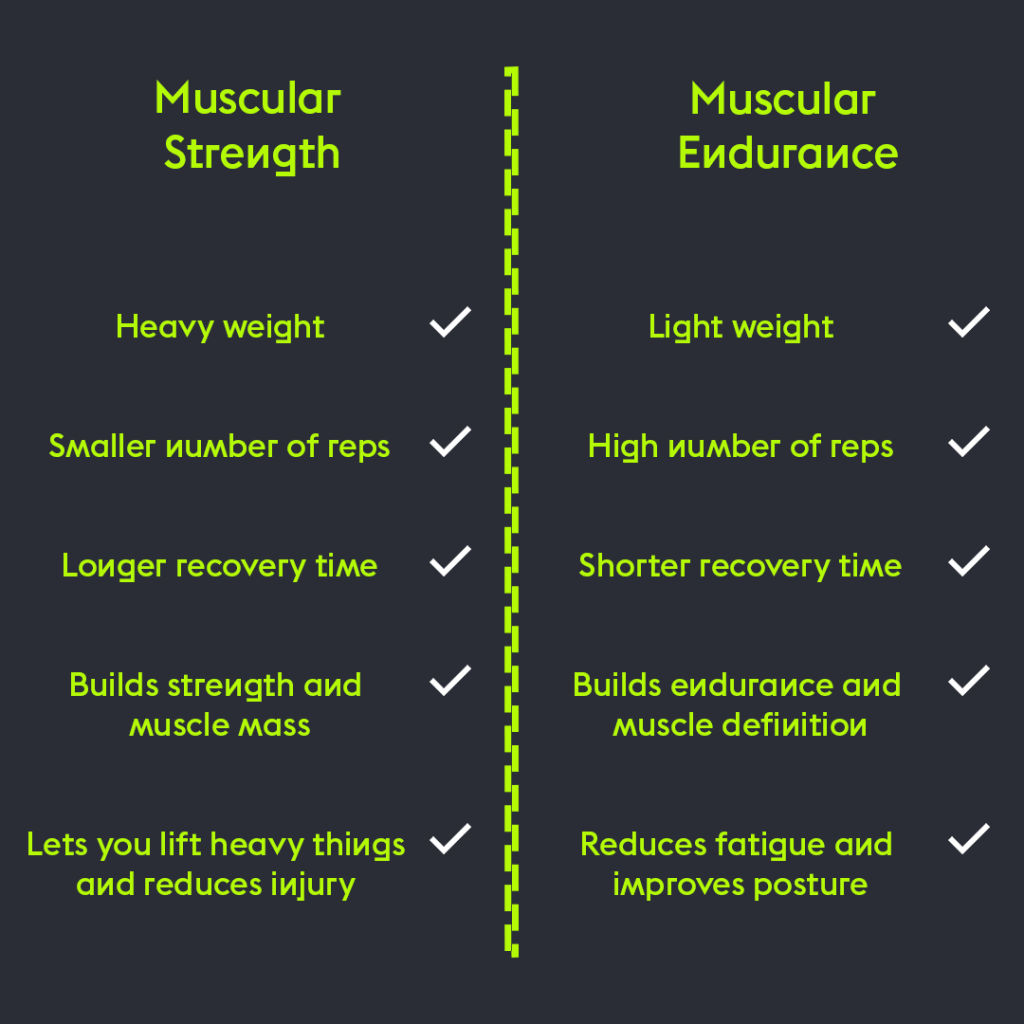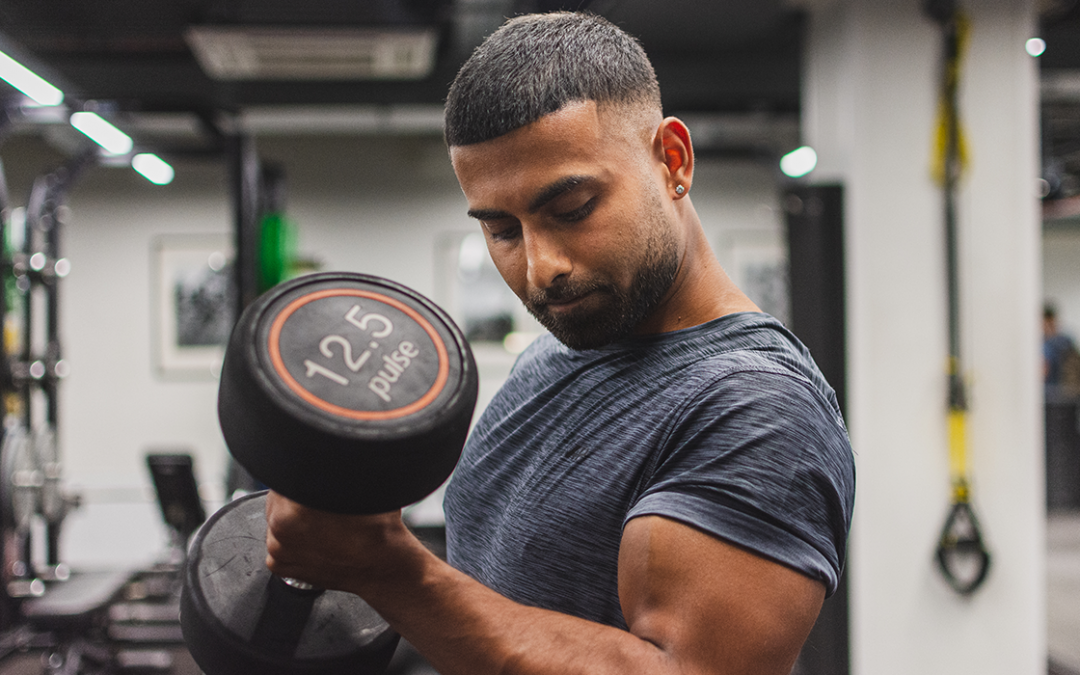There are so many different exercise routines, workout approaches, and fitness styles out there. It’s tough to keep up. And with this number continuing to grow, it’s not going to get any easier.
Some people swear by Crossfit. Others only do HIIT. Some people say the only way forward is to Powerlift. Others refuse to neglect high tempo circuits.
It’s tricky to understand the benefit of each type of exercise approach and what we should be doing to progress the way we want to.
One of the biggest barriers to understanding how to fit fitness in is whether we should use heavy or light weights for our workouts. So here’s some help in understanding the what, when, why, and how of weights in your workout.
What are the benefits of using heavy weights?
Lifting heavy weights is done to build muscular strength. Muscular strength is just one area of our overall physical fitness. It’s one of the components of fitness people tend to value most highly and prefer to work towards improving.
This is likely because of its importance in most athletic activities, its easily measurable progression, and its link to muscle mass and body composition. To get stronger, you must continue to lift heavier. This will mean performing exercises using heavier weights and doing a smaller number of repetitions of the movement. Recovery between sets is also crucial when lifting heavy.

What sort of exercises can you do with heavy weights?
When lifting heavy weights, it’s best to focus on key compound exercises that will let you activate and work multiple muscle groups at one time. The barbells and the racks are where the heaviest weights live, and this is where to perform these key exercises. The most common lifts in these sections include squats, deadlifts, bench presses, and overhead presses.
If you’re looking to lift heavy, it’s best to test your abilities using the free weight section first and make a gradual progression over to the heavier weights. Lifting with a partner who can spot you is a good idea to make sure you can manage each load with the correct form.
The machines at the gym are great for making progress in terms of the weight you’re lifting with specific exercises. By adjusting the pins, you can start light and gradually increase the amount you’re adding to keep track of the improvements you make in strength. They also help to support your form so that you can make sure you’re doing each exercise right. When you’re ready to lift heavier and recruit more muscle groups, move over to the barbells and free weights.
What are the benefits of using light weights?
Using lighter weights in exercise is a good way of increasing the load and the effort your muscles exert during more endurance-focused workouts such as interval training, circuits and HIIT.
Muscular endurance is a different kind of fitness and is slightly separate from muscular strength, although many activities can improve both. It all depends on your current levels and what it is you’re doing. Muscular endurance is your muscles ability to withstand continual contracting and lengthening over a long period. It’s your ability to keep going and is integral in lots of different sports and exercise types. This will mean lifting lighter weights for a higher number of reps, often with shorter recovery times in between.
However, the word light and the word heavy means different things to different people. And you can also improve your strength using weights that others might perceive as light. It all depends on you, your current fitness levels, the muscle group you’re working, the number of reps you’re doing, and many other factors too. Both can increase muscle mass.
Another factor to consider is that lifting lighter weights for a higher number of reps, especially against a time constraint, will elevate your heart rate. Increasing your heart rate means you’ll simultaneously be working on your cardiovascular fitness too. It’s an efficient way to burn energy as it involves intense exercise for short bursts. Weight lifting for weight loss is probably more efficient in a HIIT or Crossfit style routine.

What sort of exercises can you do with light weights?
Lighter weights come into play in all sorts of exercises classes and workout routines. During interval, HIIT, and circuit training, the aim is often to complete as many repetitions of an exercise within this time frame, working muscular endurance and cardiovascular fitness. Including lighter weights in these exercises adds a bit of a challenge.
However, lifting heavy weights in this training style would be dangerous as it may compromise your form and doesn’t allow adequate recovery of the muscles.
The benefit of using light weights is that you can do a larger range of exercises and make your routine much more versatile. Some exercises will be hard enough with light weights, and extra load isn’t needed to give your muscles the workout they want. The free weights are perfect for a varied routine that might require different sized weight for various movements and muscle groups.
Where does body weight come into all of this?
Lots of exercises we practice in the gym rely only on body weight. That’s because, for some movements, the weight of our own body is enough of a challenge to develop strength and endurance.
The push-up is a popular exercise for working the chest and other muscle groups in the upper body. For some, 10-12 push-ups are enough to develop and improve increased strength. For others, they would need to do about 50 reps to feel the burn and improve their muscular endurance.
Body weight is also perfect for isometric exercises where you hold a position for a prolonged period. Your muscles contract for much longer than with a normal lift, and this is enough of a challenge without adding weights. The time your muscle groups spend under tension helps them to develop endurance.
Body weight lets us take things back to basics and is critical for doing maintenance work we often neglect. Making sure our form is correct, warming up and activating our muscles before a workout, and practising our mobility are all parts of a workout that rely on just us and our own weight.
How can you make both heavy and light weights a part of your workout routine?
As with most questions in fitness, the answer is all about variety. Using a mixture of heavy and light weights in your workout, depending on what you’re doing, develops all-round fitness.
Some days, you might want to lift heavy. You’ll be doing squats, deadlifts, bench presses, and other compound exercises with heavy weight to improve your strength in these areas. You’ll aim for 6-8 reps across 4-5 sets. Or maybe even test out your 1 rep max by recruiting in the heaviest weight you can handle.
Other days, you’ll look at using lighter weights in a different style of workout aimed at doing multiple reps within a time frame and getting your heart rate up as you do. Even within this workout, you’ll be lifting heavier for your lower body and for your upper body you might be lifting lighter.
The answer is all in the individual. So make sure you mix it up, but also do what you’re able to and what you enjoy. The key to fitness doesn’t lie in heavy weight, nor does it lie in only lifting light. It’s all about well-rounded fitness tailored to the individual and progression in the form of load, time, reps, or frequency.
The answer is all in the individual. So make sure you mix it up, but also do what you’re able to and what you enjoy. The key to fitness doesn’t lie in heavy weight, nor does it lie in only lifting light. It’s all about well-rounded fitness tailored to the individual and progression in the form of load, time, reps, or frequency.



